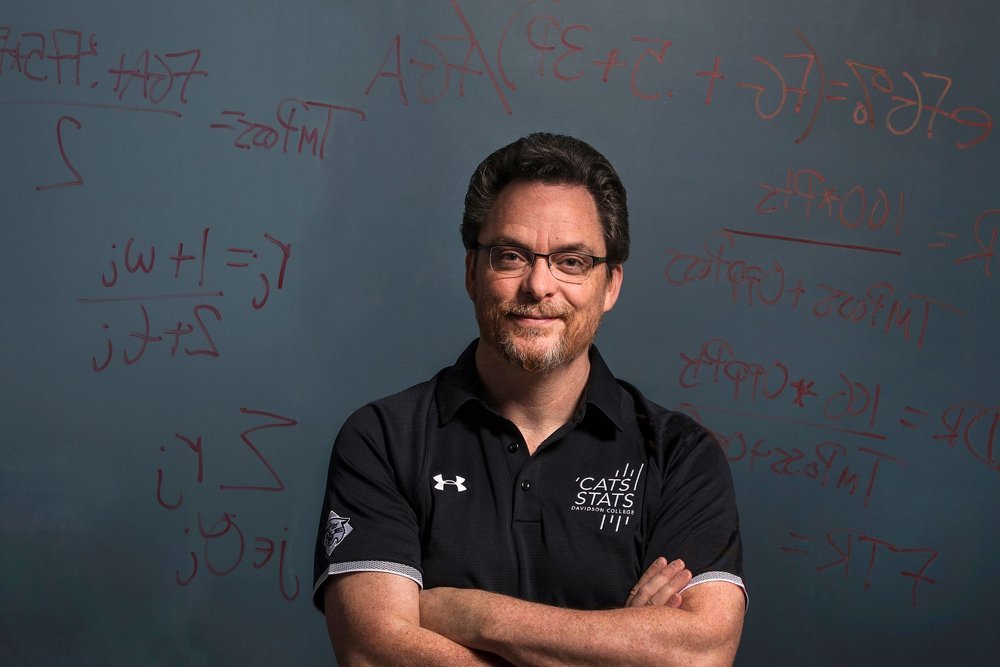Classroom Community within Uncertainty
By Tim Chartier, Davidson College
Tim Chartier
The January 31, 2022 article “’It’s Just Stressful’: Students Feel the Weight of Pandemic Uncertainty” by Jacey Fortin and Giulia Heyward in The New York Times detailed examples of the pandemic and its stresses changing children and youth. The article notes how many were scrambling to catch up academically and feeling a sense of deep isolation within the classroom. Themes of this article are just as true today in the college classroom.
With years of instability and uncertainty and its inherent effects, some of which are still unclear or unknown, how should we think about the classroom’s place within our society? How can we effectively reach students, support ourselves as teachers, and create a rich environment where we wish on the last day of class that we could keep going?
I believe our current world, in whatever stage of the pandemic our world is in when you read this blog, is learning to and sometimes simply forced to reevaluate itself. What is class? How do I teach or learn online? How do I teach or learn in-person? Who am I in class? Who am I in this world? What are my goals in the classroom? In life outside the classroom?
Online, hybrid, or remote: I believe classes have their seasons. We won’t always come to class energetic. Some days, we are engaged and eager. Some days, I’m struggling and I lean on your energy. Some days, you lean on mine. And, sometimes, especially during the busy time of midterms, we may all come struggling and we meet in that place and engage with who we are and where we are. We learn as we are, which takes a level of authenticity.
For a classroom to be a place of authenticity, we simply must acknowledge the inherent uncertainty in our current world, which is present in our educational system. How much learning loss is present? How do we fill in any gaps? How comfortable are students in class? Can remote options aid our students? We are exploring and learning answers to these questions, and today’s answers may not answer tomorrow’s questions.
A certain level of flexibility and adaptability is likely needed as we see what fits our teaching styles, our students’ styles, and our evolving and ever-changing demands of learning in the pandemic and post-pandemic world. And, as we continue to move through and eventually beyond the pandemic, we may need to, in a certain sense, be reacquainted with our students, our colleagues, our classrooms, and even ourselves.
There are many uncertainties stemming from the outside world, but there's one thing I know for sure: in our classes, we can build our own communities. Connected, inclusive classroom communities can reach across expanses of isolation. Our diverse experiences and understanding of the world can enrich the classroom and our understanding of what the modern and evolving classroom can be. We can find comfort, belonging, and even certainty in the community of the classroom—the certainty that our mutual understanding, sharing, and working together can enrich our learning space regardless of what is happening outside of the classroom in our world and in our lives.
Tim Chartier is the Joseph R. Morton Professor of Mathematics and Computer Science at Davidson College.

